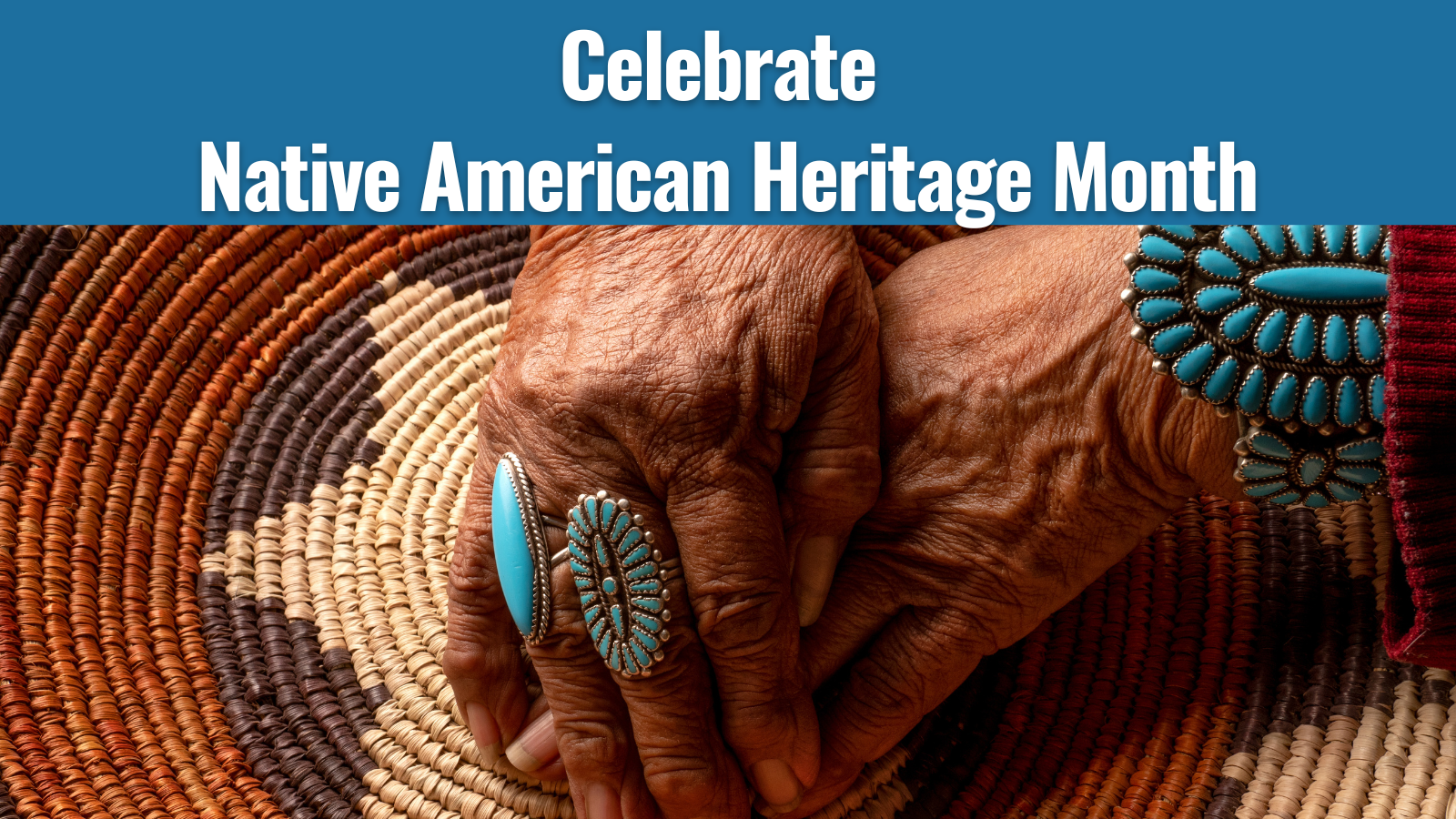
Hawé,? edlante'e, Shap kaij. One of the beautiful things about Native American culture is that it's a variety of several tribes that each have their way of saying things like "Hello." November is the month we spend celebrating and shining a light on Native American Heritage, which is precisely what we're diving into in this month's blog.
Tasting a Different Culture
Each culture has its own dishes that have shaped the pallets of its people for generations, and Native American heritage is no different. If you're looking to try your hand at one of these delicious dishes, don't worry; there are tons to try that will have the air filled with Native American aromas.
While cooking dishes like wojapi ( berry pudding) or three sisters succotash (corn, beans, and squash), think of the hands that crafted these recipes and how they've been passed down from generation to generation. The stories behind these generations tell a story of people that used the resources they had to benefit their community in much more significant ways.
For example, Three Sisters' succotash came about when the Native American farmers realized how beneficial corn, beans, and squash worked together to nourish the bodies of those that consumed it and the soil and farming land it was grown on.
It's called "Three Sisters Succotash" because the plants support one another. By planting these three crops together in the garden, an ecosystem was formed that benefitted the plants and the local wildlife. This ecosystem, fueled by the three plants, helps the others to grow.
By interplanting pole beans and squash with corn, the strength of the sturdy corn stalks would support the twining beans, while the shade of squash vines helped to trap moisture for the crops. The bacteria of the bean's roots store nitrogen from the air, depositing some into the soil, which is needed by the corn.
Farmers today appreciate the incredible ingenuity of the Native Americans who first planted the three sisters together, called 'companion planting.'
The legend of the three sisters has deep ties to indigenous people's physical and spiritual nourishment.
Known as "sustainers of life," the Iroquois considered corn, beans, and squash to be gifts from the Creator, and the success of the crop is believed to be protected by the Spirit of the sisters who would never be a part - sisters who should be planted together, eaten together, and celebrated together!
There is a lot of folklore and history surrounding the Three Sisters' gardening, as many tribes have different stories about the sisters. However, in all of these stories, the ingredients are symbolic of community, what it means to truly support one another, and the importance of learning to give more than you take from those around you.
Notable Figures in History
Not only has Native American cuisine influenced us today so have several people that made history. Let's start with Sacagawea, someone we've all heard about in our history classes.
Sacagawea: the Native American Heroine was a part of the Lemhi Shoshone tribe. She is known for the help she provided to Lewis and Clark during their expedition as they explored the various regions of the Louisiana Territory.
Next, we have Squanto: A friend of the Pilgrims. He was otherwise known as Tisquantum. He was a member of the Patuxet tribe, known for serving as the bridge between the Pilgrims of New England and the Native American people.
And, of course, we can't forget Chief Joseph: Chief of the Nez Perce Tribe. Chief Joseph was known for leading his people in their battle across the Rocky Mountains. His Nez Perce band was called the "Wallowa Band."
Ways to Celebrate Native American Heritage Month in the Classroom
Are you looking for ways to celebrate Native American Heritage month in the classroom? We've got you covered. There are many ways to celebrate, with the first being simply having a conversation.
Check out some of the Native American resources offered on Gallopade.com that you can share with your students throughout the month. We've got tons of titles that are perfect for sharing history and culture with students as you learn more about indigenous people and their rich heritage.
As Native American Heritage month gets underway, we hope you'll explore all of the opportunities out there to immerse yourself in the culture of the first civilizations across the Americas and the impact and influence they still have on modern society. And don't forget to check out Gallopade's blog for more information, ideas, and inspiration.